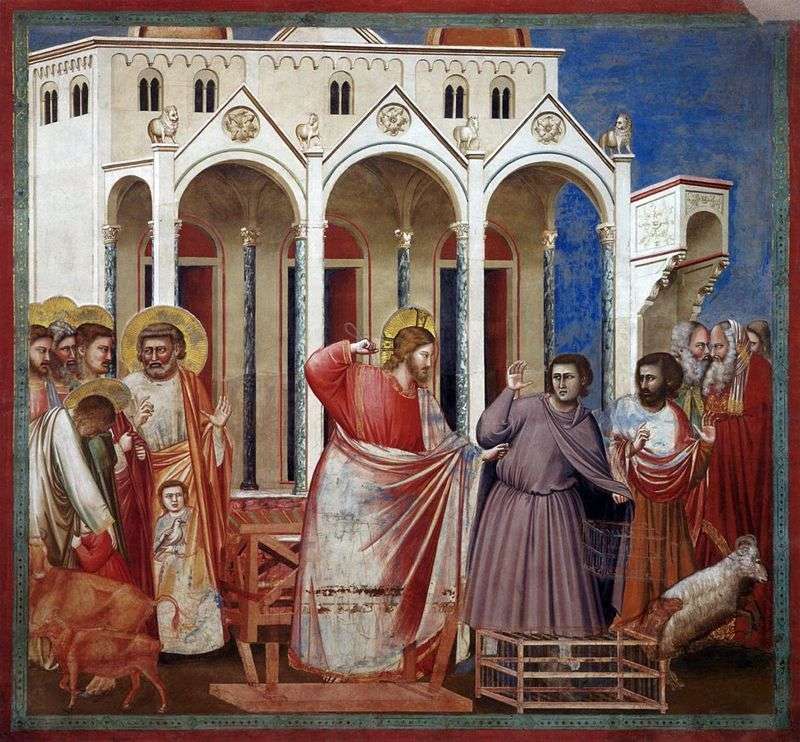
As in many other multi-figure scenes of the fresco cycle from the Capilla del Arena, the action is taken outside the temple interior to the square in front of the building.
This allowed the introduction of a number of additional episodes in the composition, in the interpretation of which Giotto discovers his extraordinary talent of the narrator, who can diversify the main event of the plot by showing the accompanying motives.
We can make a very clear idea of both the scene of the incident and the role of all its participants. But, unlike the masters of “international Gothic”, sometimes losing their sense of proportion in the process of inventing more and more details designed to occupy the viewer’s imagination, Giotto never misses the main thing, rigidly subordinating everything else to him.
An example is an image of a three-span portico in front of the entrance to the temple. It not only enhances the spatial character of the scene, but also, thanks to the rhythm of its arched spans, clearly correlates with the order of placing the figures in the foreground, further emphasizing the central position of the figure of Christ.
And adjacent to the outer wall of the temple, a small preaching department with its sharp ledge draws our attention to a group of Pharisees and priests who were crowded somewhat further, just at that moment, according to the Gospel text, and plotting their intrigues against Jesus Christ.
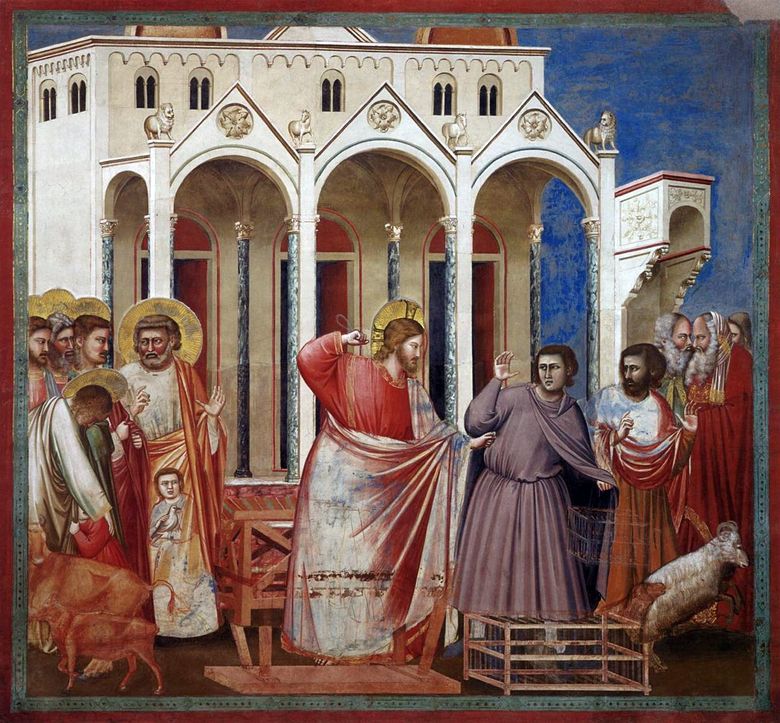 Expulsion de marchands du temple – Giotto
Expulsion de marchands du temple – Giotto The expulsion of merchants from the temple by El Greco
The expulsion of merchants from the temple by El Greco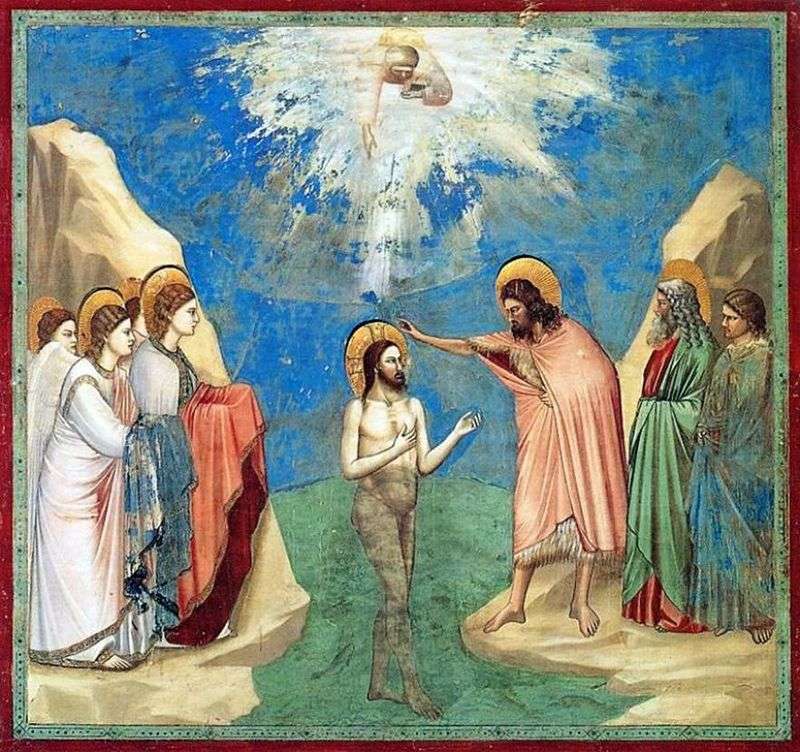 The Baptism of Christ by Giotto
The Baptism of Christ by Giotto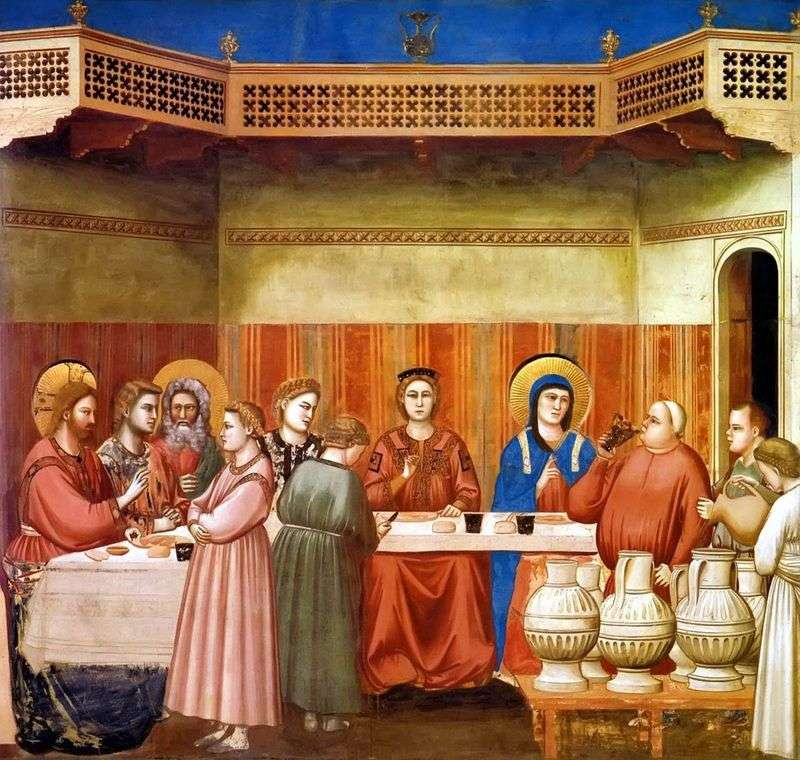 Marriage in Cana of Galilee by Giotto
Marriage in Cana of Galilee by Giotto The figure of the archangel Gabriel from the fresco “Annunciation” by Giotto
The figure of the archangel Gabriel from the fresco “Annunciation” by Giotto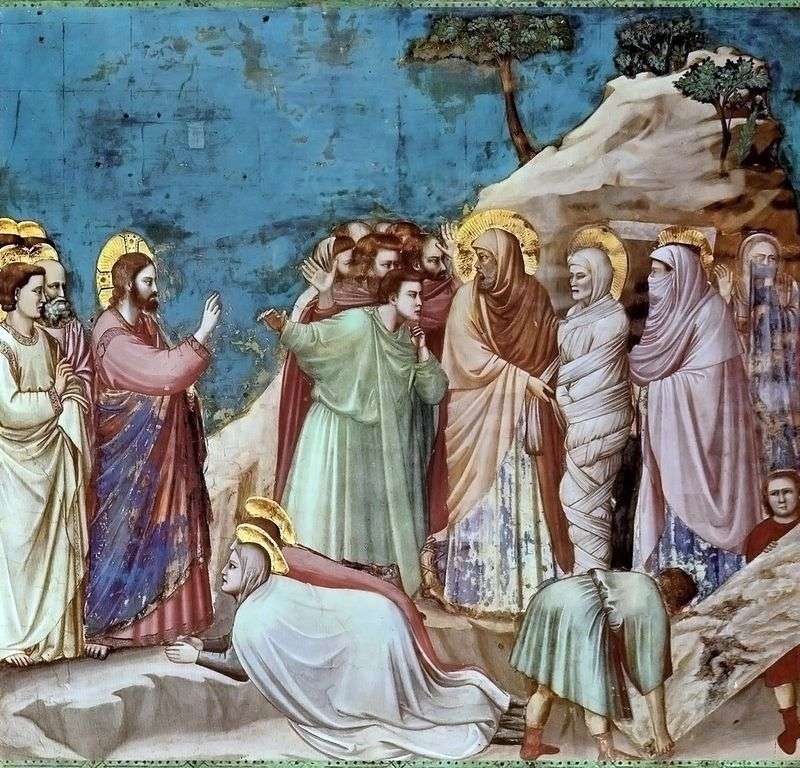 Resurrection of Lazarus by Giotto
Resurrection of Lazarus by Giotto The Last Supper by Giotto
The Last Supper by Giotto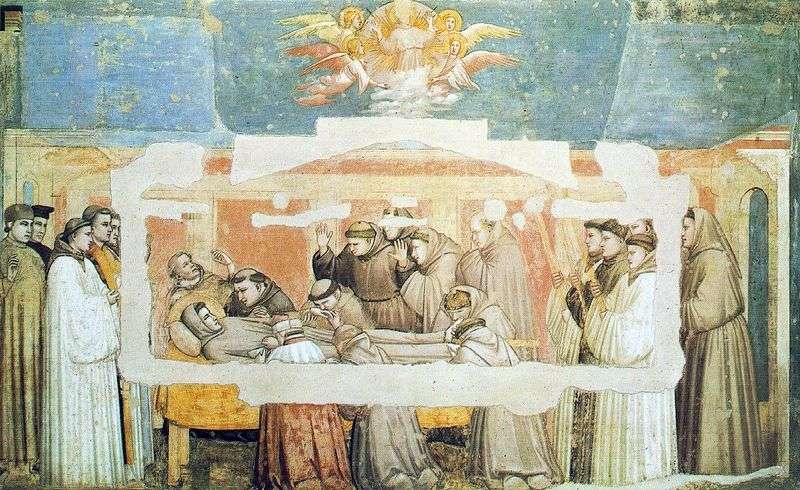 The death of St. Francis by Giotto
The death of St. Francis by Giotto